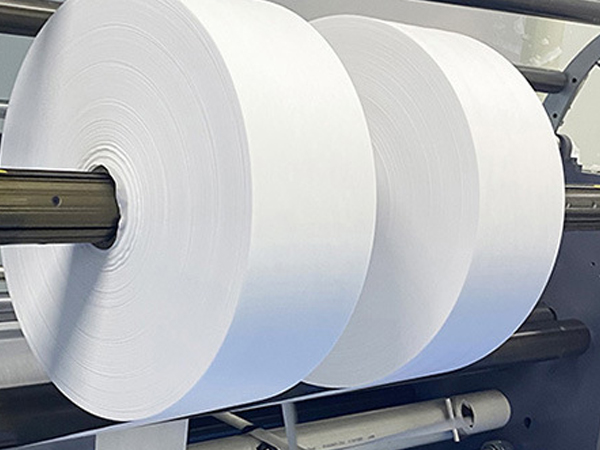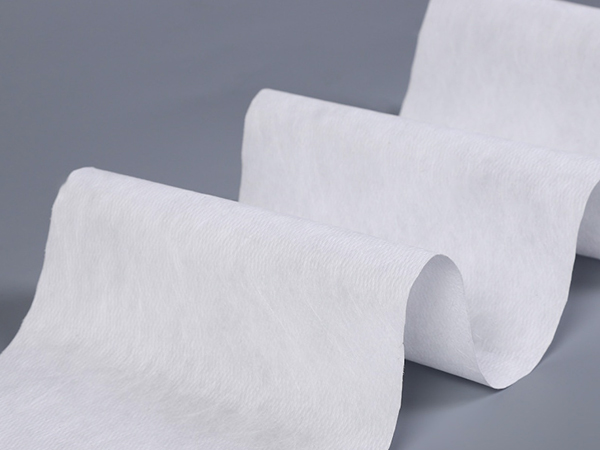- The 2025 China Professional Clothing Industry Conference was held in Ningbo
- Spunlace wipes are the guardians of cleanliness in modern life
- The 15th China Textile Academic Annual Conference was held in Nantong
- Roofing nonwoven fabric: A multi-functional protective companion for building roofs
- The New Vision 2025 Textile City New Generation Innovation Class has come to a successful conclusion

- Cellphone: +86-13430333258
- Email: qdvictorin@gmail.com
- Address: No.95 Kongquehe Wu Road,Jimo Garment Industrial Park, Qingdao City, Shandong Province, China
In contrast to the dismal state of the US market, the European Union has become a "growth pole" for China's textile and garment exports. In April, exports to the European Union soared by 16.2% year-on-year. Among them, the growth rates of Germany, Italy and the Netherlands reached 27%, 16% and 19% respectively, and the export volume of knitted and woven garments increased sharply by 27.8%. Despite a 2.6% drop in unit price, the strategy of "compensating for price with volume" enabled the enterprise to maintain its cash flow.
Eurostat data shows that in March, the EU's imports of textiles and garments from China rose by 22.8%, far exceeding those of competitors such as Bangladesh and Turkey. The advantages of China's supply chain in terms of cost performance and capacity stability remain significant.
The market differentiation between ASEAN and the "Belt and Road Initiative" is obvious, and new growth points have begun to emerge
The ASEAN market performed weakly: In April, exports to ASEAN decreased by 2.1% year-on-year, with clothing exports falling by 11.9%. As the largest importer in the region, Vietnam's demand for Chinese yarn and fabric dropped by 1.9%. Only a few countries such as Cambodia (yarn and fabric exports increased by 14.9%) and Indonesia (increased by 2.5%) showed highlights.
The Belt and Road Initiative has become a new engine: Exports to co-construction countries rose by 4.4% in April, with Nigeria, Brazil and Chile increasing by 36%, 16% and 33% respectively. From January to April, the cumulative exports reached 52.41 billion US dollars, accounting for 57.9% of China's total textile and garment exports. The diversified layout has gradually alleviated the country's reliance on the United States.
Declaration: The content and template of this article are organized from the network, and the copyright belongs to the original author; If there is infringement, please inform in time and contact to delete.
- The 2025 China Professional Clothing Industry Conference was held in Ningbo
- Spunlace wipes are the guardians of cleanliness in modern life
- The 15th China Textile Academic Annual Conference was held in Nantong
- Roofing nonwoven fabric: A multi-functional protective companion for building roofs
- The New Vision 2025 Textile City New Generation Innovation Class has come to a successful
- Spunlace wet wipes solve daily cleaning troubles with their strength and become a good hel
- The China Textile Association is soliciting standardization demands in the field of indust
- Spunlace wipes: A soft and clean helper for daily life
- Overview of National fabric imports and Exports from January to July
- Woodpulp spunlace nonwoven fabric: The preferred raw material for spunlace wet wipes

